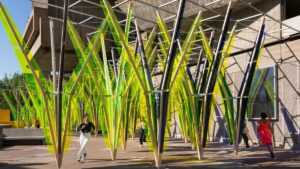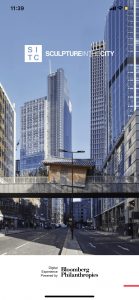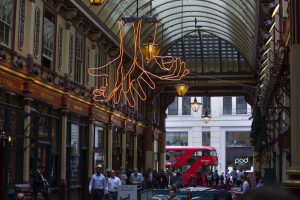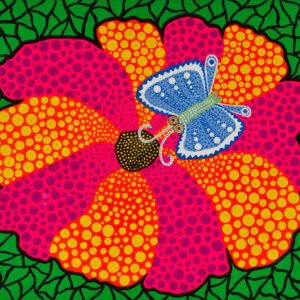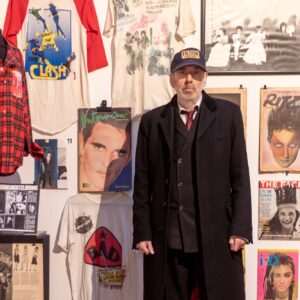Summer in London is wonderfully entertaining, and one of our favourite art trails – free and open 24 hours 7 days a week, is Sculpture in the City, an annual exhibition set right in the heart of the City of London – among the tall towers and iconic architectural landmarks.
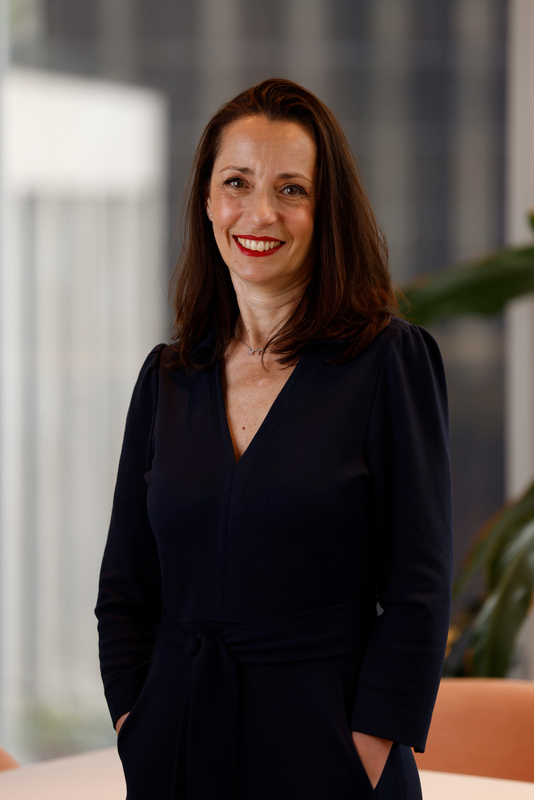
It’s an urban landscape like no other, with a unique vertical dimension stretching higher than most city developments, certainly in the UK and in Europe. Its architectural significance makes it a destination in its own right, and we cannot but admire how the curation of the artworks that form Sculpture in the City brings a completely new perspective to this densely built environment. It’s a dialogue between sculpture and architecture that offers the chance of new encounters and fresh interpretations to both disciplines.
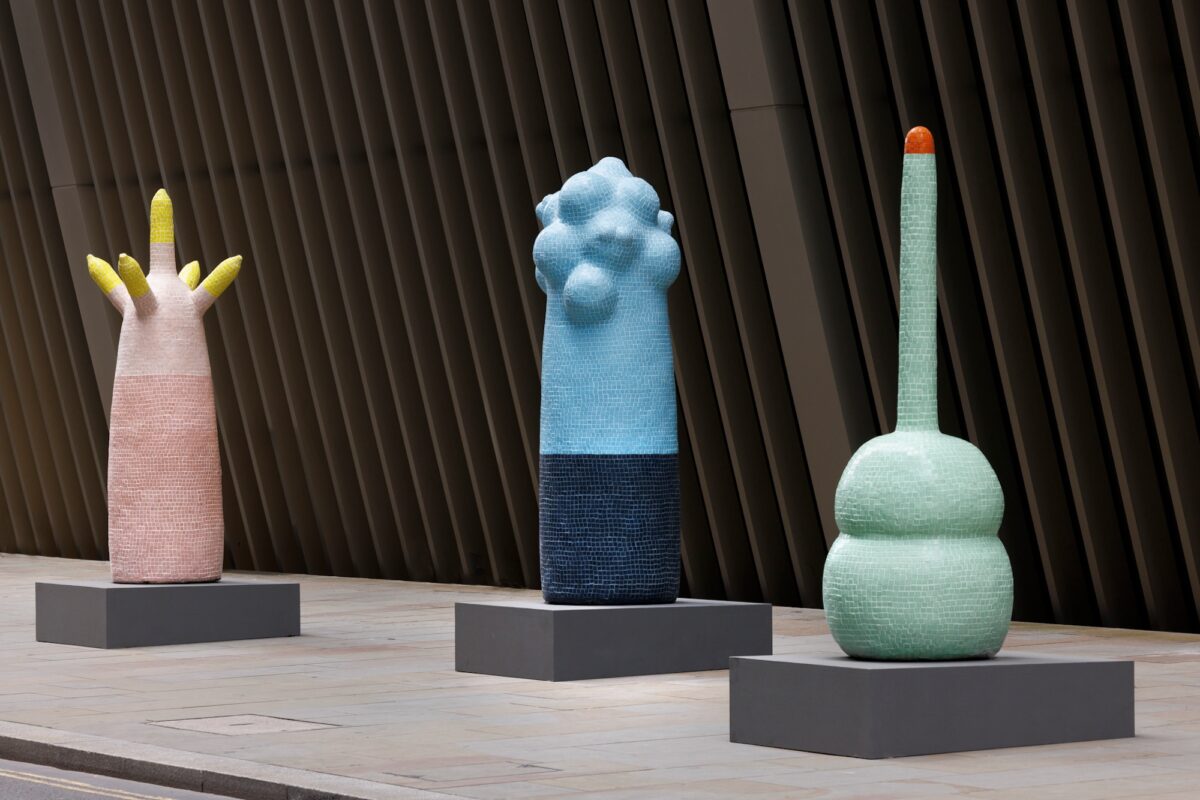
The 13th edition of Sculpture in the City (on view until next Spring 2025), features a collection of 17 artworks, from both emerging and established artists; some seven pieces are retained from previous editions (including two permanent acquisitions); four will be unveiled later in September. The sculptures range from large to very small scale, transforming the City into a vibrant public open-air gallery. New additions on display this year include pieces by artists Samuel Ross, Richard Mackness, Ida Ekblad, Julian Opie, Clare Burnett, Seph Li, Maya Rose Edwards, Hilary Jack, and Daniel Silver.
We caught up with Stella Ioannou, Artistic Director of Sculpture in the City. She tells us what it takes to bring this monumental trail to life:
Hello Stella, please can you introduce yourself?
Hi. My name is Stella Ioannou. I’m the Artistic Director of Sculpture in the City and Founding Director of Lacuna, a leading cultural studio.
How have you become the curator of one of London’s leading sculptural events in the City?
I’ve had the privilege of being with the project since the very beginning. Back in November 2010, following the results of a consultation with local businesses and landowners, I was asked to secure a piece of sculpture to show in the City’s Eastern Cluster, where the tall buildings are such as The Gherkin and The Cheesegrater, as an experiment. That initial experiment turned into an exhibition with 4 major artworks by Anish Kapoor, Julian Opie – who we’re working with again this year, Kenneth Armitage and a brand-new work by Franz West, which was a real coup! There was genuine interest by artists and galleries to showcase their work in the dynamic urban space of the City and the project also had support from three of the local businesses which was equally significant. It has grown over the years, with the largest exhibition showing up to 22 artworks in partnership with 10 businesses and continues to excite and inspire local workers and visitors to the City.
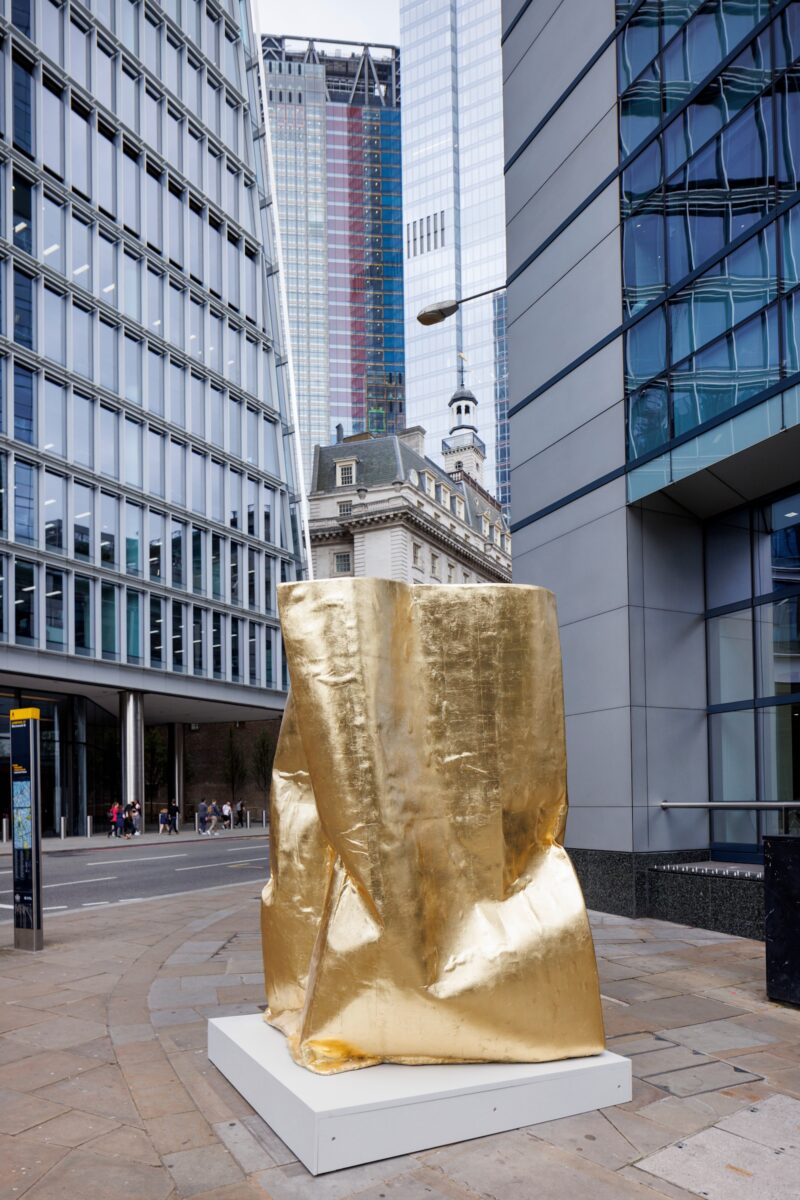
As an architect, do you think you understand the spaces of the City differently? Does that give you an advantage when selecting and curating the sculptures on display year on year?
The selection of artworks is made by our brilliant Arts Advisory Board (AAB), who have the task of selecting works from the hundreds of artworks submitted as a result of the open call for submissions we make. Last year we had 422 submissions and the AAB selected a shortlist of 14 artworks, of which we are showcasing 10. I am a trained architect and my background in architecture is fully utilised when I meet with each shortlisted artist for the site visit, a very important part of our process. This is where we look at identifying the perfect space for each shortlisted artwork. As the majority of the works are pre-existing, it is super important that the artist is involved in the siting and my architectural brain, as well as 13 years of working in the area, come together with the artist’s eye to bring the work to life in the uniquely urban space the project inhabits.
Every year there are some returning pieces, new locations, as well as new pieces in favourite spots. Do you prefer working with the same location, knowing its unique pros and cons, or do you prefer discover new spots around the City?
One of my favourite sides to this long-running project is that the area is constantly changing, which offers so many opportunities. The constantly changing ground condition allows the project to really experiment and gives the project its unique energy. In many ways the project is responding to the new developments in the area and allows us to work in a transforming space whilst being in the same area. There are no favourites and I’ve learnt first-hand how the artworks can take on new meanings in the project spaces as well as how sites we’ve used on more than one occasion can be totally transformed with different artworks.
How do you know which piece is suitable for which location? Do you work this out with your team, and with the board of trustees? How do the City’s tenants respond to the pieces, do they have a say?
As I mentioned above, I meet with each shortlisted artist individually for a long, two-hour site visit looking at each space which may be suitable for their artwork. This is where the project team can interrogate the artwork to find out what it really needs. The technical team are also imperative to this process as the weight and requirements of the artwork also need to be considered. Following the site visits we have a very large spreadsheet with locations and artworks partnered up which then need to be presented individually to each landowner. We do not site an artwork on private land without the landowner’s agreement and we also have to consider all the legislative requirements which the City team working on the project manage. There are many factors which need to be considered before the final site is confirmed and they all have to be worked through almost concurrently. It is a very ‘live’ process which is also reflective of the area the project is shown in.
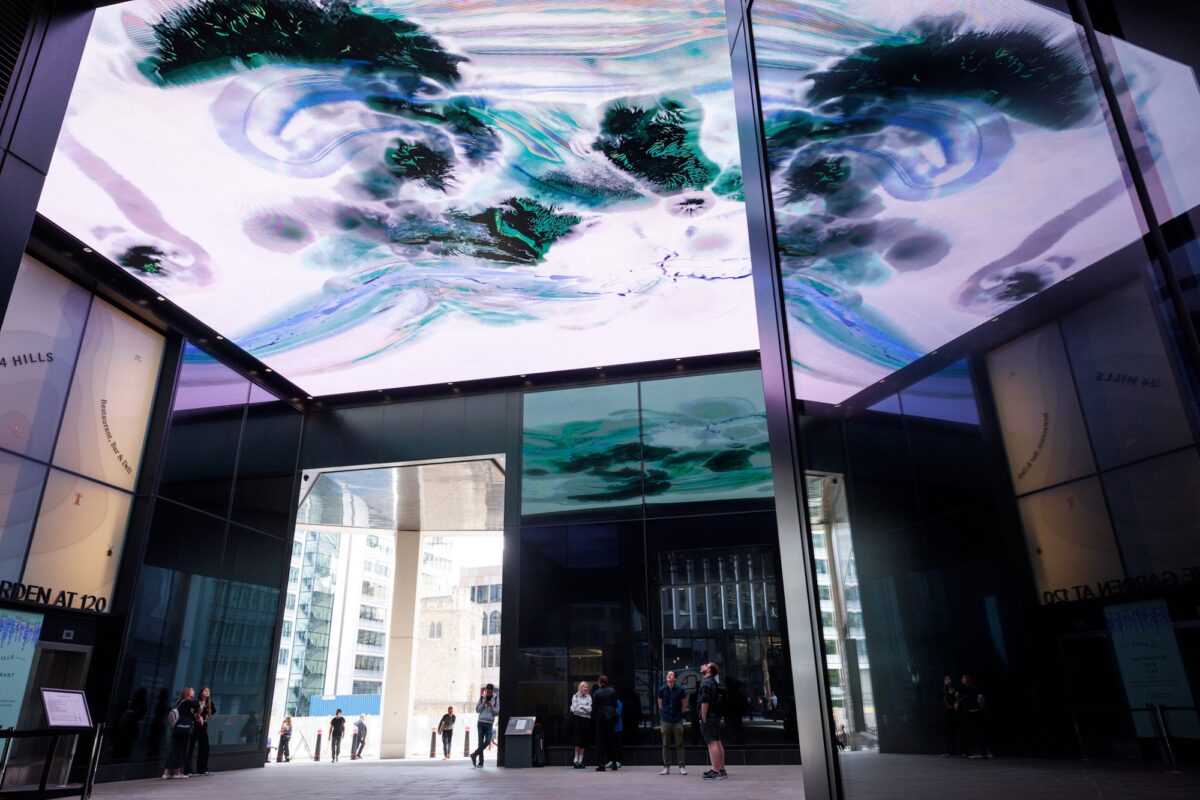
Sculpture in the City is one of the cultural flagships for the City of London, a location generally associated with finance and corporate business, more than art. What is the message that the City of London want to send supporting the yearly edition of SITC?
The City of London is the birthplace of London and its 2000-year history is visible all around us: historic churches and roman ruins sit among modern skyscrapers and architectural marvels. For me, the City is one of the most fascinating parts of London ; there are very few areas which can boast Shakespeare’s local church next to iconic tall buildings such as the Gherkin and the Cheesegrater. Sculpture in the City is an initiative which seeks to transform the City’s public spaces into a vibrant open-air gallery. encouraging audiences – families, tourists, Londoners – to come and discover these unique spaces for themselves. It’s a great example of partnership working with public and private sectors collaborating to bring spaces to life in new ways.
Are you running outreach programmes again this year? Who can get involved, and how?
The project’s various outreach programming is curated to appeal to a wide audience with specific family-friendly as well as adult-only events. We are once again partnering with Frieze Sculpture, The Line and The Mayor’s Fourth Plinth project on London Sculpture Week; running from 21-29 September, which will include free tours and a BSL tour of the project, an Art on the Skyline: Cocktail & Create workshop with artist Seph Li, and Freshers Takeover Tours & Talk with London Metropolitan University students and a Symposium on the 25th September. This is in addition to a wider year-long activation programme, supported by EC BID, which opens with Muamba Movement workshops and Little Art Critics TV workshops alongside family-friendly tours of the project with our education partner Urban Learners. Information can be found on our website.
After 13 editions, what are your key learnings on curating a sculptural trail in the centre of one of the world’s busiest business districts?
The learnings are many but the one that always keeps on coming back to the forefront is that you cannot control everything when you are working in a ‘live’ space so you need to stay calm and focus on finding solutions – however unusual these might be.

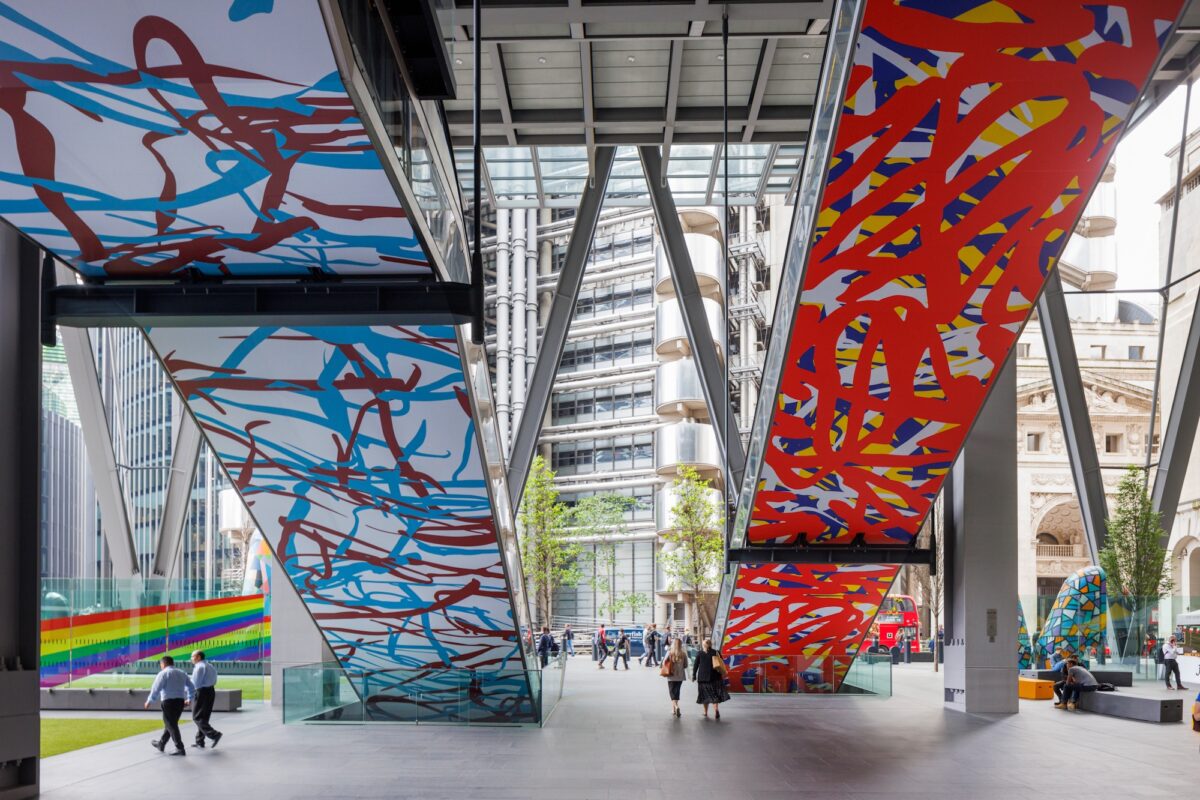
Sculpture in the City’s 13th Edition is on display in the City of London’s financial district until Spring 2025. sculptureinthecity.org.uk
Sculpture in the City is delivered by the City of London Corporation alongside LACUNA, a leading cultural studio.
